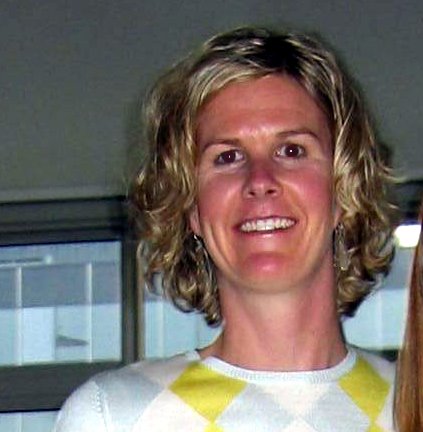Lamu
 After visiting the game parks, my father, aunt, uncle, cousin and I flew to Lamu island, one of several islands that form the Lamu archipelago off the northern coast of Kenya, near the Somalia border. It is actually so close – about 100 km away – that the people of Lamu can hear U.S. fighter planes on missions in and around Somalia and, I am told, it makes for an easy place to buy a cheap AK-47 once smuggled over the border from Somalia into Kenya. But none of this deterred us from exploring this quiet Swahili island where the only car, that of the police commissioner, currently sits without tires atop cinder blocks.
After visiting the game parks, my father, aunt, uncle, cousin and I flew to Lamu island, one of several islands that form the Lamu archipelago off the northern coast of Kenya, near the Somalia border. It is actually so close – about 100 km away – that the people of Lamu can hear U.S. fighter planes on missions in and around Somalia and, I am told, it makes for an easy place to buy a cheap AK-47 once smuggled over the border from Somalia into Kenya. But none of this deterred us from exploring this quiet Swahili island where the only car, that of the police commissioner, currently sits without tires atop cinder blocks. Our small propeller plane landed on Manda island on March 28th, where we were met by Omar, a Muslim Kenyan living in Lamu town. Omar piled our luggage onto an old wooden cart and pushed it a half kilometer down a dirt path to the water, where we boarded a boat that drove us along the calm channel between the islands and the Kenyan coast. Except for passing an occasional dhow, an old wooden Swahili boat with a single lateen sail, we saw almost no other boat traffic out on the water. And, except for a few parts of the island where a couple of resorts have sprung up, there is hardly any development on Lamu. Riding in the boat, we noticed only sand dunes popping up from the island’s interior, mangrove trees lining its channels and a few small villages, where the people work as dhow-makers and weavers, dotting its shoreline.

We arrived at our “hotel” at low tide and waded onto shore while the hotel staff carried our luggage back on top their heads. We walked across woven mat pathways to our open thatched bandas, entirely woven by the people in Kipungani, the nearby village. The weather was scorching hot and our bandas did not have air conditioning, so we spent a lot the time during our three days on Lamu in the water, whether showering, swimming, sailing on the hotel’s dhow, sea kayaking, snorkeling and, one of the highlights of the trip, swimming – yes, really swimming – so close I could have reached out and touched them – with bottle-nosed dolphins!
One of the mornings, though, we boarded the boat again and went back around the island to explore Lamu town, with Omar as our guide. Lamu is known as an old Arab trading town - a trading post was established there by the Omanis after vanquishing the Portuguese in the late 17th century. With the export of ivory and slavery, Lamu became a wealthy place until the British abolished slavery in 1873 and made Lamu part of the British Protectorate. Wandering around the old, narrow alleyways of Lamu town can be captivating and charming, full of young men riding donkeys, carved wooden doorways, traditional houses, mosques and markets. But, it can also seem rather disgusting and sad, smelling from sewage that runs down gulleys lining the streets, and the donkeys, and with many people sitting about idly or lying down sick on door stoops.
We toured a Swahili-style home where the women of this decoratively-painted house would spend all day inside, cooking on the second floor, only leaving to talk across the rooftops to their female neighbors. After drinking fruit milkshakes (for which Lamu is famous) out near the Lamu harbor, while watching the donkeys and people go by, we boarded the boat back for the hotel where, each night they cooked the most incredible seafood dinners which we ate outdoors under the southern hemisphere stars. Lamu has its pluses and minuses, but one thing is certain, it is an easy place to relax and lazily wile away the days!
(Pictured: Lamu town; donkey traffic jam in Lamu)











